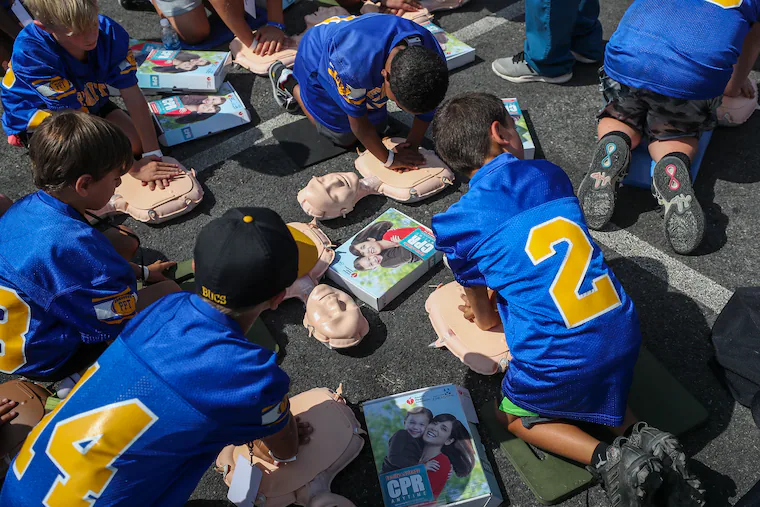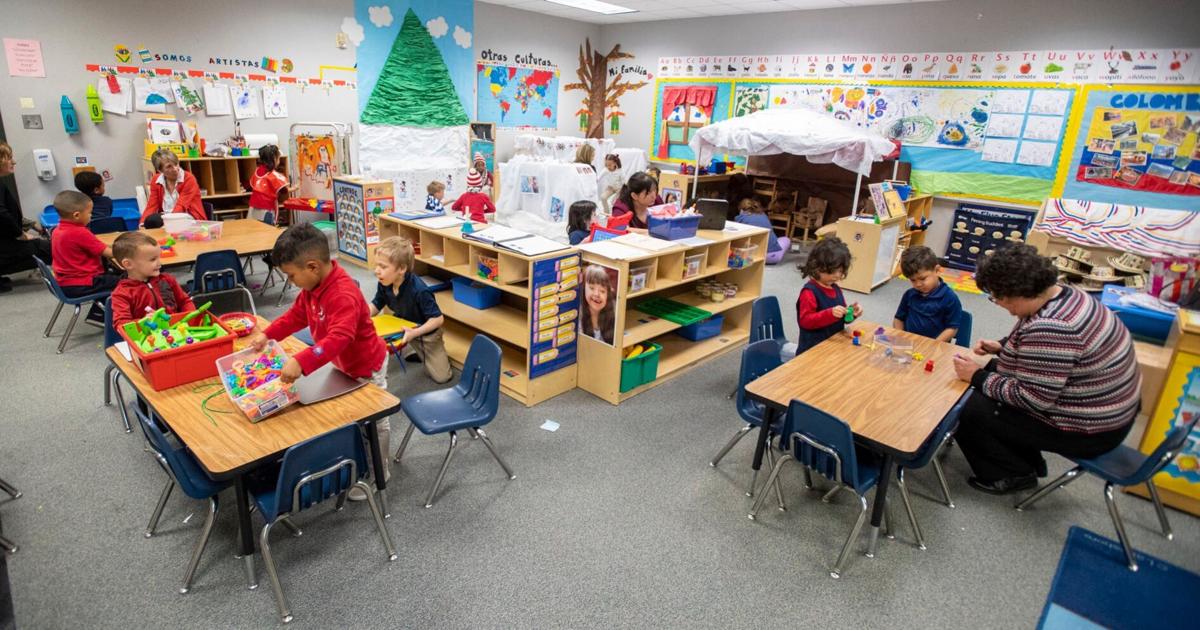Copyright The Philadelphia Inquirer

Moments can make a difference in saving a child’s life when they stop breathing. New guidelines for cardiopulmonary resuscitation, known as CPR, are intended to make the life-saving technique even more effective. Updated guidelines published earlier this month by the American Heart Association and the Philadelphia-based American Academy of Pediatrics emphasize responding quickly to pediatric cardiac emergencies and beginning chest compressions as soon as possible. The new guidelines also update recommendations for how to help children who are struggling to breathe because of something obstructing their airway. The institutions review and update emergency response protocol every five years to incorporate the latest research on lifesaving techniques, said Alexis Topjian, a critical care doctor at Children’s Hospital of Philadelphia who co-chaired the group’s new pediatric advanced life support guidelines. Topjian encouraged families to learn the new guidelines and get trained in CPR, if possible. “People are oftentimes afraid in these situations, but they have the ability to save a life,” Topjian said. » READ MORE: CHOP and the Philadelphia Fire Department are partnering for pediatric EMS training What’s new for CPR among children? The basics of CPR for children remain the same: The goal is to try to help the child’s heart pump blood to the rest of the body with chest compressions until they can get to a hospital. Previously, CPR for infants was done by pressing down on the infant’s chest with the index and middle fingers of one hand, but this approach can be awkward and it’s difficult to maintain even pressure over an extended period of time. The new guidelines recommend wrapping both hands around the infant’s sides and using both thumbs to compress the chest. If wrapping hands around the chest isn’t possible, new guidelines call for using the heel of one hand. If you notice a child is unresponsive, call 911, and ask someone to find an AED, or automated external defibrillator. These portable devices, common in schools, restaurants, and businesses, have sensors that can analyze a person’s heart rhythm and deliver an electric shock to reset the heart. Preparing for emergencies CPR training is mandatory for many different types of workers in childcare, medicine, and education, but anyone can take the training. Basic 3- to 5-hour courses are available online or in person. Completing the training can help parents and caregivers feel more prepared for an emergency, Topjian said. (Find a course online through the American Red Cross website.) There’s no minimum age for CPR training, but the Red Cross recommends participants be at least 12 years old. Even with training, some people may be hesitant to perform CPR in an emergency out of fear of causing more harm. Topjian says to not worry about that. “If you have a person in front of you who is unconscious and not breathing regularly, there’s a very, very high likelihood that they are either dead or dying,” she said. “Without you, they may actually not have a chance.”



